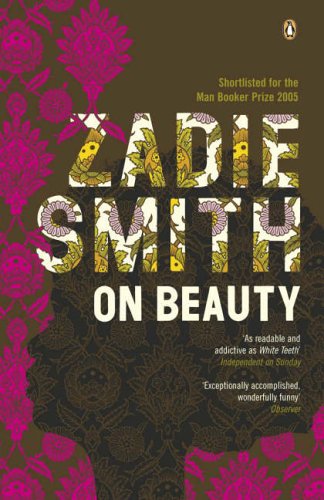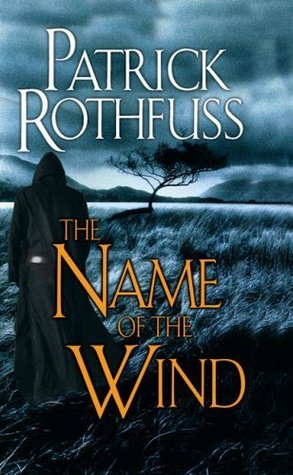I finally finished William Gibson’s Spook Country, just in time for the beginning of the month and a new book. I was curiously satisfied by this book – though it may have had to do with the fact that I read the first half well before the second half. My initial reaction is that the book could have been just as well told if it were only the second half – the events in Vancouver, perhaps. The story itself is somewhat interesting – subverting corrupt players in the world war game. My feeling is that Hubertus Bigend is one of those players, using Hollis Henry to get to Bobby Chombo to get to his employers.
But the most interesting aspects of the book are underexplored. First, there’s Bobby’s day job, creating software for “locative” art pieces – virtual reality art installations made possible via geohacking and vr visors. The pieces are only visible in specific locations and only with a visor – and the locations themselves are central to the piece. It is an interesting idea in itself, one well worth exploring further. But Gibson is not telling that story.
Another story he does not tell is that of Hollis Henry and the Curfew, the now-defunct rock/punk band echoing The Clash, I presume. Hollis is a rock star turned journalist, recruited specifically for this piece on locative art which is really just a way to get to the bigger story. Bigend uses Hollis’s celebrity to open doors he could not. As a result, the story of her life before Node is not told here. It seems such a promising idea that Gibson, were he, say, Chuck Klosterman, could write another novel entirely. Her character is the most engaging part of the novel, and the reason the story seems more interesting than it actually is. But leaving so many questions about her past is not so much mysterious as frustrating.
Spook Country was about 100 pages too long, certainly, and Gibson spends a disproportionate amount of time on less than consequential characters. Milgrim? Brown? Tito? Why so much attention paid to these characters? In the end, Hollis’ story, which I presume is the main story, isn’t impacted at all by any of these characters, yet Gibson tells their stories as though they are central to the plot. Perhaps this is the subversive nature of the novel: by leading us in one direction and then ending in another, Gibson is playing on the suspicion and fabrication of his characters to lead his readers astray. Perhaps I am affording Gibson some skill as a story teller that he does not have, for either he was trying to pull this off and falls short or he was trying for something altogether different and I missed it. Either way, this book was a struggle to get into and the payoff was nothing to write home about.As Hollis says at the end of it all, "I think that it was actually... a prank."
2.5 turquoise shipping containers out of five.
20 hours ago





1 comment:
Great points. I felt the same way. All of the things I was most interested in (Bigend, locative art, etc.) received only passing attention despite it being the most interesting parts of the novel. The Hollis storyline was by far the most compelling. Onwards.
Post a Comment